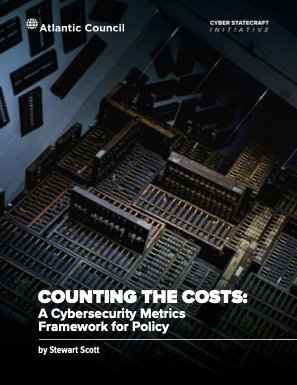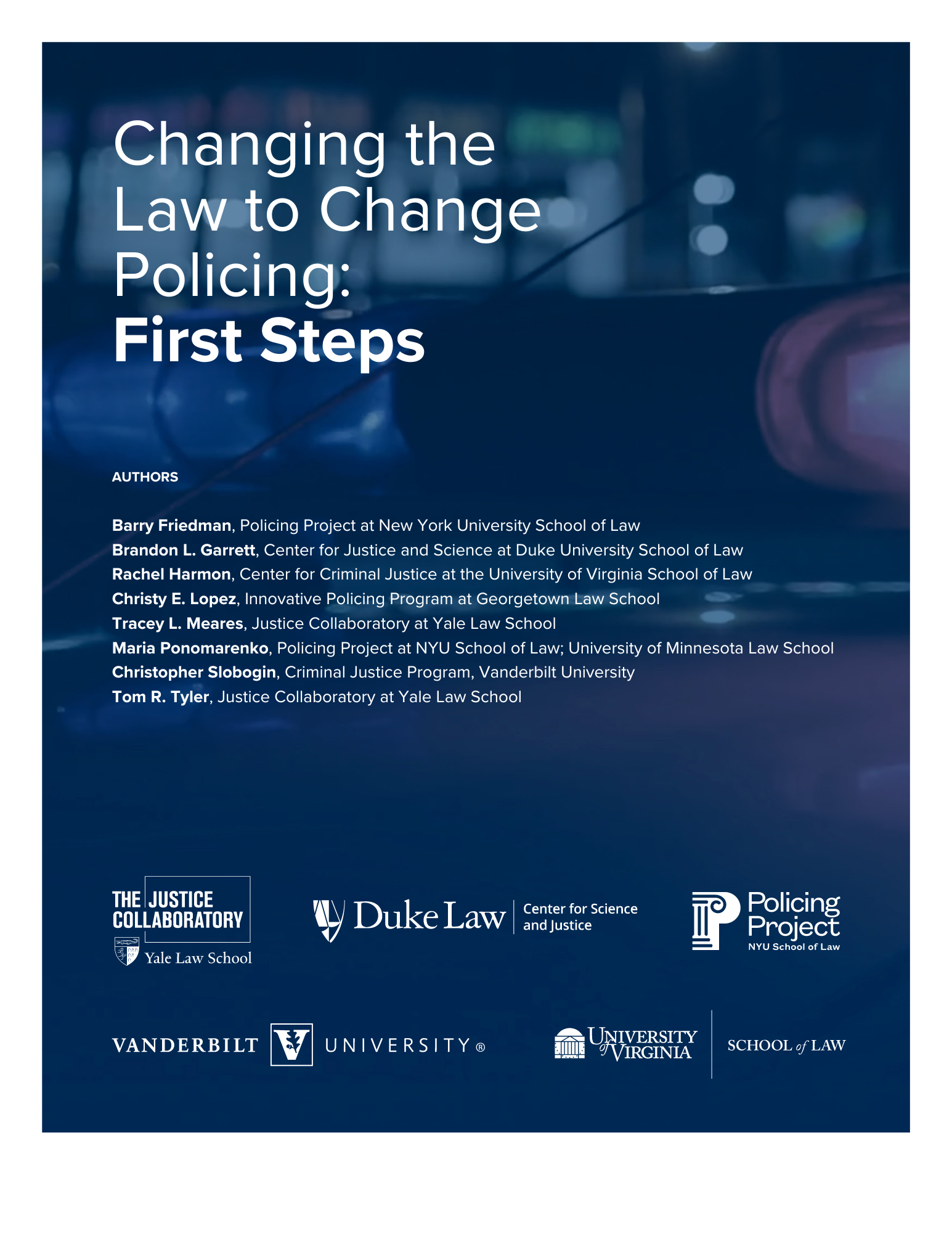By Tom Gash and Rick Muir
This discussion document aims to promote debate about the best ways to organise our national policing institutions, resources, and processes to support effective policing, reduce crime and promote safer communities. We hope to contribute to the development of options prior to the government publishing a white paper on police reform in the coming months. We believe that a big reform to the landscape could unlock major benefits in terms of police efficiency, effectiveness and legitimacy.
The ideas and analysis in this document are based on the work of each of the authors at the interface of national and local policing over the past 15 or more years, the Police Foundation’s Strategic Review of Policing in England and Wales, and informal conversations with leaders across policing and home affairs policy. The work has not been commissioned by anybody. We have written it because we think reform could deliver significant improvements in the service the police provide to the public.
An earlier version of this paper was shared privately with those leading national policing institutions and considering police reform in December 2023. We are sincerely grateful for the insightful comments and feedback received from these leaders and from those we have shared drafts of this paper (please see acknowledgements).
We now welcome further feedback from readers and hope that the paper will stimulate debate and discussion as the government moves forward with its police reform agenda.
The case for change
There is a clear case for greater (and more coherent) national policing action
Much of policing today is as local a profession as it ever was. Robberies and violence in public spaces, hidden harms taking place in homes across the country, theft affecting local retailers, public reassurance and victim care all require a local policing response. These harms can all, to some extent, be controlled through local activity by the police and their public sector and community partners. Community confidence in policing is still mainly shaped by local experiences and direct contact. And it remains the case that trust in local institutions and services in the UK is often higher than in national ones.
There is no doubt, however, that effective policing also requires extensive national coordination and action. This need for national action is increasing due to:
The growing role of digital technology, which has increased ‘remote’ and borderless criminality – for example in relation to fraud, online criminal exploitation, and computer misuse. Local forces alone are simply not able to tackle increasingly large volumes of internet enabled crime.
The long-present but much underestimated role of national and increasingly multi-national companies in creating (or restricting) criminal opportunities - for example, vehicle manufacturers’ work on car security, or social media company identity management and reporting policies. To prevent crime in the 21st century the UK requires national relationships with global corporations.
More extensive citizen exposure to national and global information on crime and policing, with public views of policing increasingly shaped by non-local events, social media comment and video footage.
Changing public expectations for services, including expectations of consistency, partly drive by customer experiences elsewhere.
These factors are in addition to other long-standing reasons for national action, including:
Efficiency: when police forces face common problems or opportunities, it will often be more efficient to design solutions once at a national level, rather than many times locally – though attention needs to be paid to ensuring national action will ‘work’ in local environments. As a positive example, Single Online Home is clearly assisting public contact – albeit with different levels and speed of uptake. However, in most cases, digital, data and technology investment is still determined entirely locally, resulting in multiple procurement processes and creating myriad local systems that struggle to share essential data.
Effectiveness: There are clear effectiveness gains, for example, from national analysis and sharing of data: on crime patterns, and offenders, on ‘what works’ in tackling crime, and on how to organise policing resources to best effect (as the recent Home Office-sponsored Productivity Review demonstrated) - even though local contextual qualifiers will always need to be taken into account. In areas of specialist police work, there are benefits to be gained from concentrating expertise in ‘centres of excellence’ as opposed to dispersing it throughout the country. Indeed, the benefits of effectiveness in tackling serious and organised crime and counter-terrorism across a larger geographical scale are already reflected in the existence the National Crime Agency (NCA), the Counter Terrorism Command, and the network of regional organised crime units (ROCUs).
Legitimacy: when the public expect (or need) a consistent response, it can be helpful to ensure this through national standards or action. Given that confidence in policing is clearly shaped by national (and even international) media and events, policing would often benefit from a single policing voice on key issues
Current approaches to national action are often ad hoc, undermining efficiency and effectiveness
In recognition of the need for national action, there have been several examples of recent national initiatives that have aimed to overcome the limitations or inefficiency of local-only solutions, including:
Operation Talla, which drove a more coordinated and consistent Covid-19 policing response.
The Police Uplift Programme, which supported the delivery of the 20,000 officer number increase and developed new pan-policing data sets that allow for more informed workforce planning.
The National Violence Against Women and Girls (VAWG) strategy and Operation Soteria Bluestone, which is aiming to drive an improved policing response to rape and serious sexual offences.
The Policing Productivity Review identified model processes that ought to be adopted by all forces where they can show there are more effective and efficient ways of doing things.
New light-touch support from the College of Policing for forces in (or at risk of entering) HM Inspectorate of Constabulary and Fire & Rescue Services (HMICFRS) ‘Engaged’ status (policing’s equivalent of ‘special measures’).
A very wide range of activities – ranging from research to guidance to ‘on-the-ground’ projects – led by Chairs of National Police Chiefs’ Council (NPCC) Coordinating Committees (e.g. for Performance Management, or Prevention), often undertaken with minimal dedicated funding or resource ‘borrowed’ from the force of the Chair or Committee members.
Each initiative has been helpful to some extent. Yet it is striking that each such initiative is much like a business ‘start-up’. Funding streams are often ad hoc and insecure. There is no consistency of governance. Teams supporting initiatives are ‘stood up’ and ‘stood down’, meaning there is little scope for learning and continuously improving the model for driving local improvement through national work. In short, there is no standard operating model for national improvement or the running of many ongoing critical national policing capabilities – and each initiative has therefore not been able to operate with optimal efficiency and effectiveness. Matters are not helped by the wider recent trend towards one-year funding settlements.
Nowhere is this gap better demonstrated – or known – than in relation to police technology. The Home Office has set a clear direction of travel for policing: that the NPCC should eventually take over from the Home Office the commissioning and assurance of national technology programmes. However, models of funding, the approach to effective commissioning, the governance of the ever-expanding Police Digital Service (the envisaged main delivery body), and many other issues are still being worked through. Approaches are, again, being developed in isolation – creating a risk that the model created will again add complexity, and not interact neatly with linked areas such as digital forensics, procurement or service improvement initiatives.
In the arena of serious and organised crime, we are also currently building core national capabilities in different places. Fraud data is held separately from money laundering and cybercrime data. The serious and organised crime picture is being assembled in a different place to the counter-terrorism picture. There is a clear need to move over time to joint capabilities, so the system adds up to more than (not less than) the sum of its parts and scarce resource is used to the greatest effect across the system.
London: Police Foundation, 2024. 20p.














